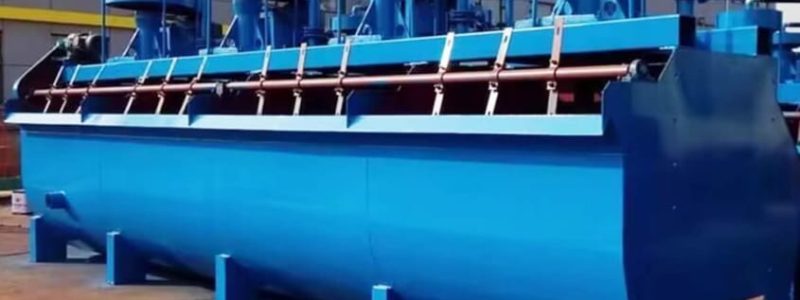Flotation equipment plays a pivotal role in various industrial processes, particularly in the mining and recycling sectors. This equipment is designed to separate materials based on their different physical properties, such as density or surface chemistry. The principle behind flotation is both simple and highly effective, making it an indispensable tool for enhancing efficiency in many operations.
How Flotation Equipment Works
At its core, flotation involves introducing bubbles into a slurry of materials. These bubbles adhere to certain particles, allowing them to rise to the surface where they can be collected and separated from the remaining material. The basic components of flotation equipment include a flotation cell, where the process occurs, and an air supply system that generates the necessary bubbles.
Types of Flotation Equipment
Mechanical Flotation Cells: These are the most commonly used type of flotation equipment. They use mechanical agitation to create the necessary bubbles. Mechanical cells are widely favoured for their efficiency and adaptability to various materials.
Column Flotation Cells: Column cells are used for fine particle separation and are characterised by a tall, vertical design. They offer high selectivity and are often employed in the processing of minerals and ores.
Froth Flotation Equipment: This type involves the formation of a froth layer on top of the flotation cell, which can be skimmed off to collect the concentrated material. Froth flotation is highly effective for separating metals from ores.
Applications in Industry
Flotation equipment is used in a range of industries, from mining to waste management. In mining, it’s crucial for separating valuable minerals from ore. In waste management, flotation can help in recovering valuable materials from industrial and municipal waste.
The Importance of Efficient Separation Equipment
In addition to flotation cells, effective separation equipment is vital for improving the overall efficiency of industrial processes. Proper separation ensures that valuable materials are recovered, and waste is minimised, contributing to both economic and environmental benefits. For instance, in the recycling industry, advanced flotation technologies help in recovering metals from electronic waste, thus promoting resource conservation and reducing landfill.
Future Trends in Flotation Technology
The field of flotation technology is continually evolving, with ongoing research focused on enhancing the efficiency and environmental impact of flotation processes. Innovations such as improved bubble generation techniques and more effective chemical reagents are on the horizon, promising to further optimise the separation process.
Flotation equipment remains a cornerstone of modern industrial separation techniques. Its ability to efficiently separate materials based on specific properties makes it invaluable in various applications. As technology advances, the capabilities and efficiency of flotation equipment are expected to improve, further enhancing its role in industrial processes.

